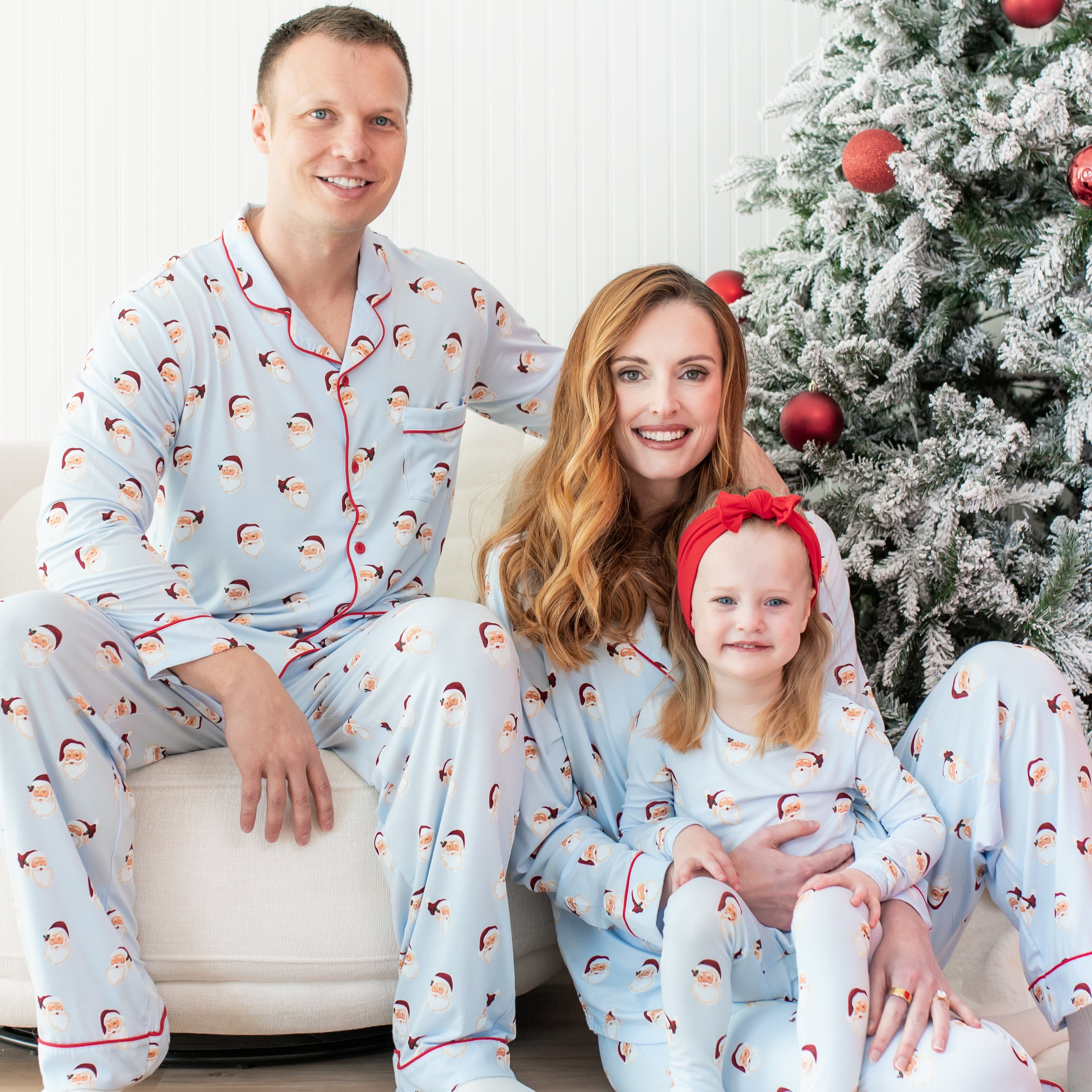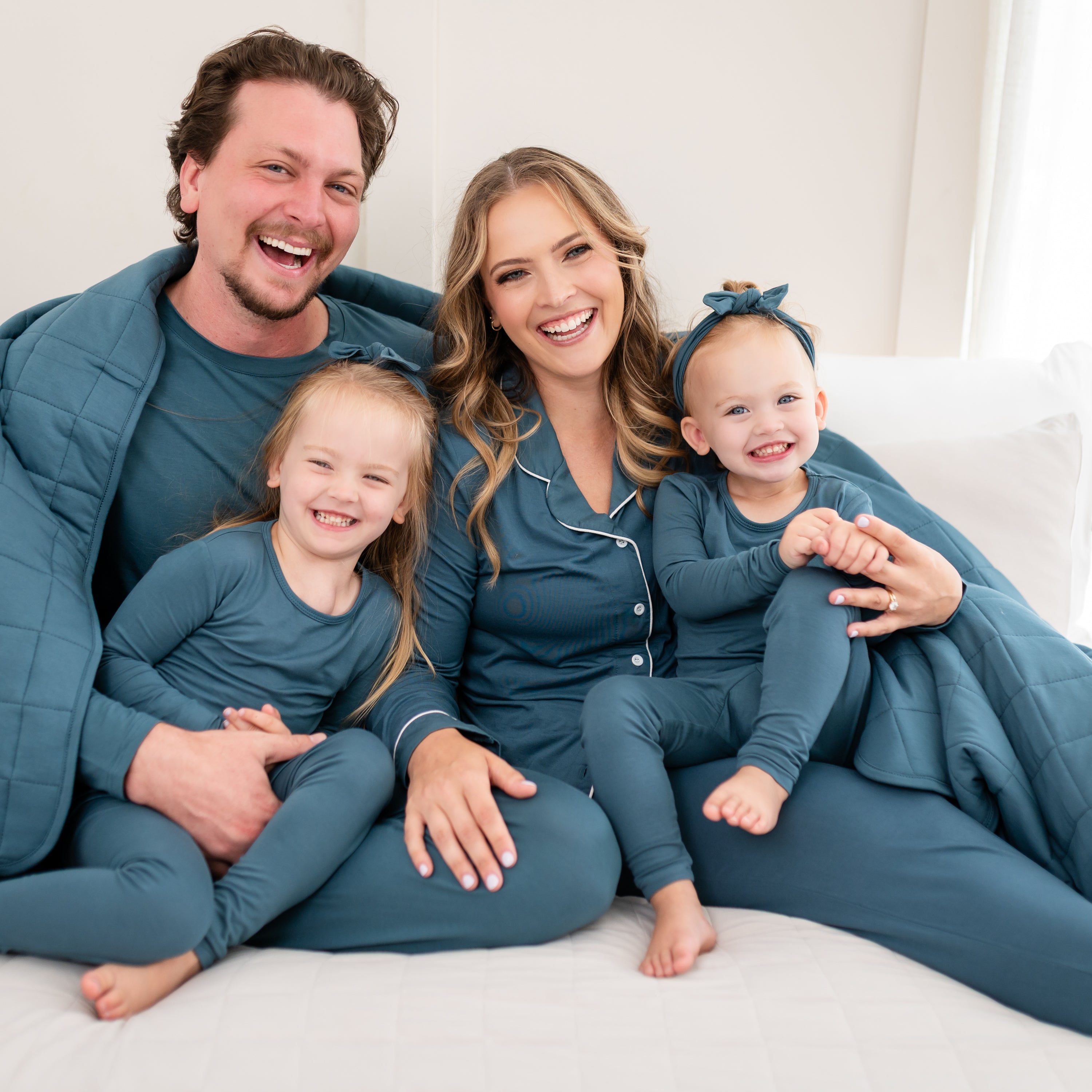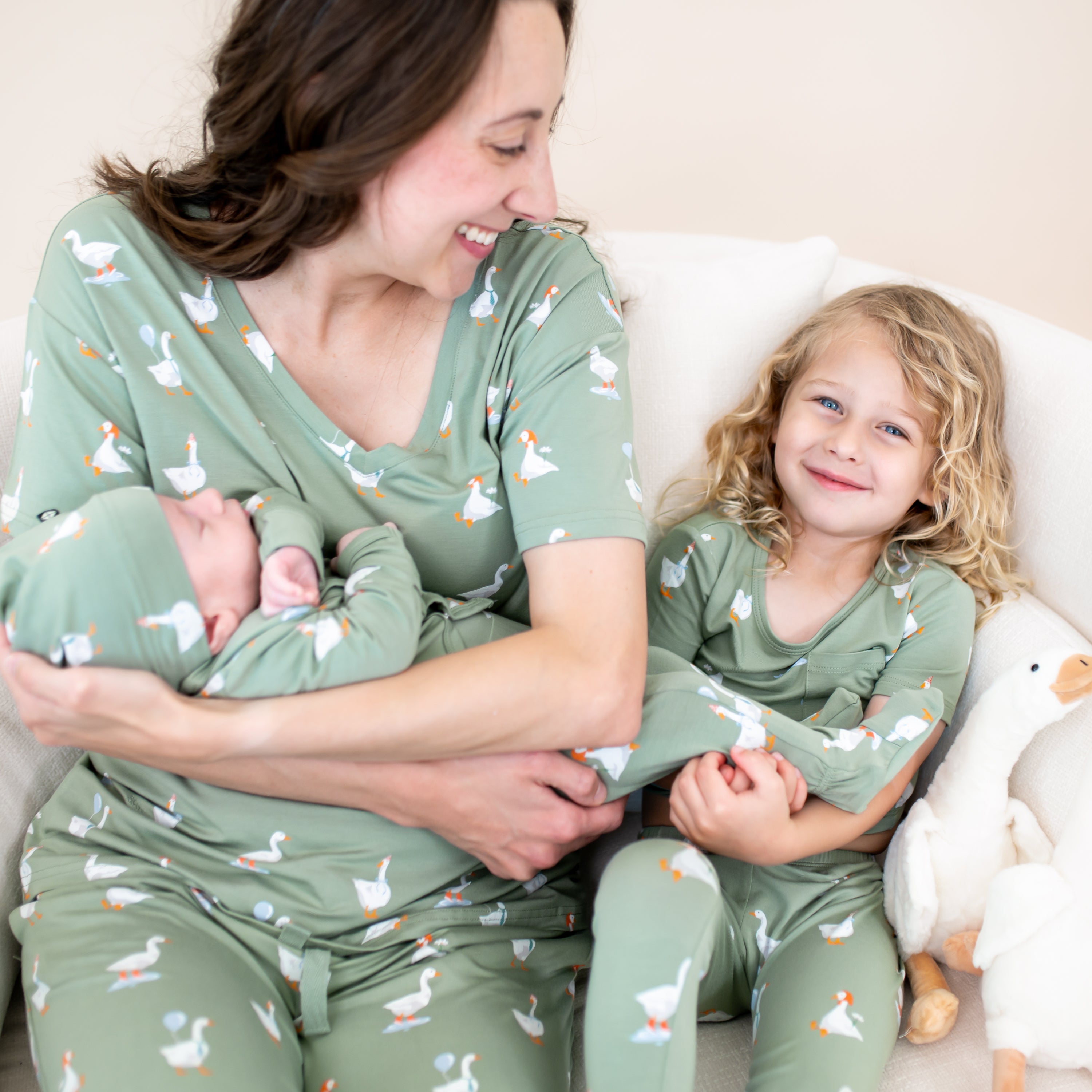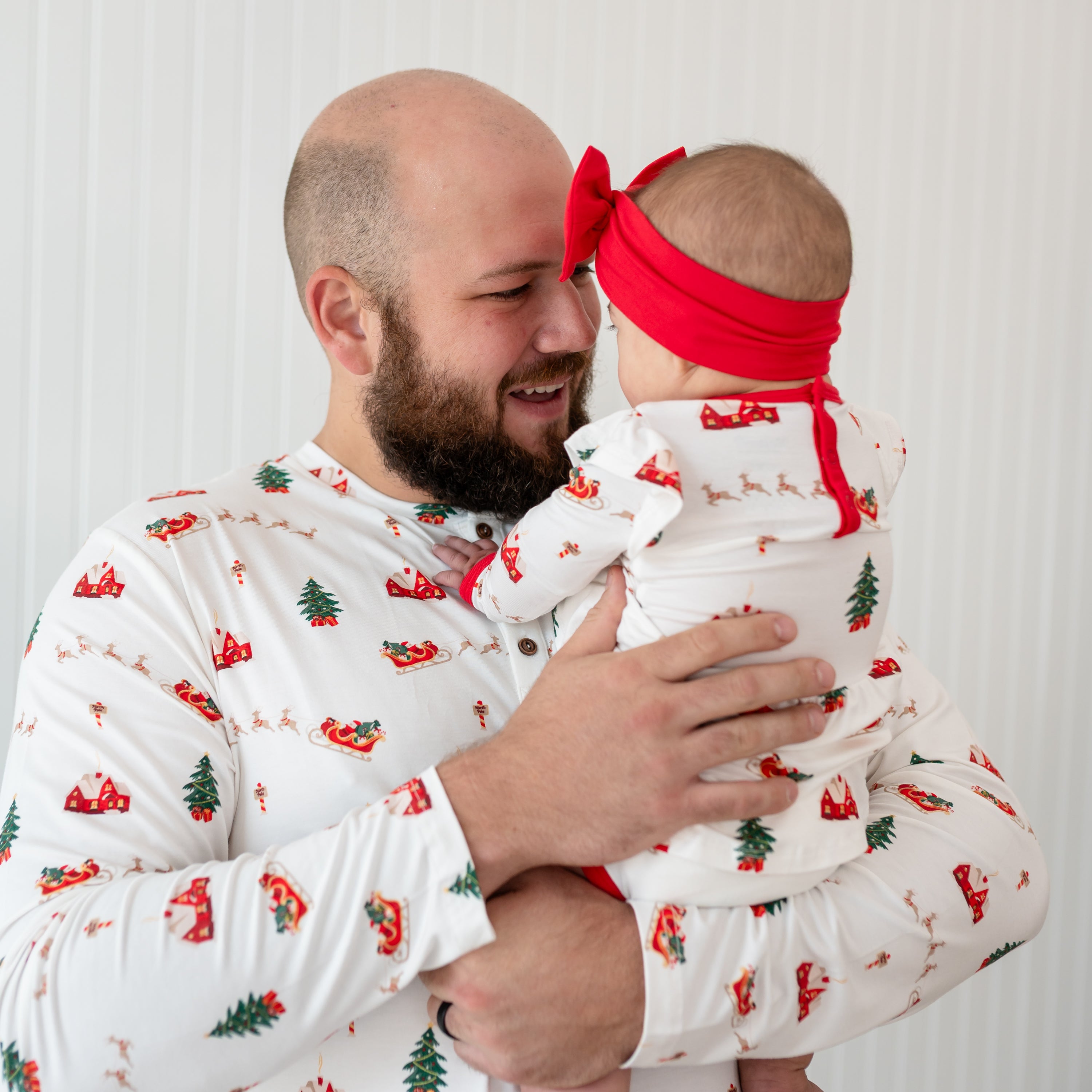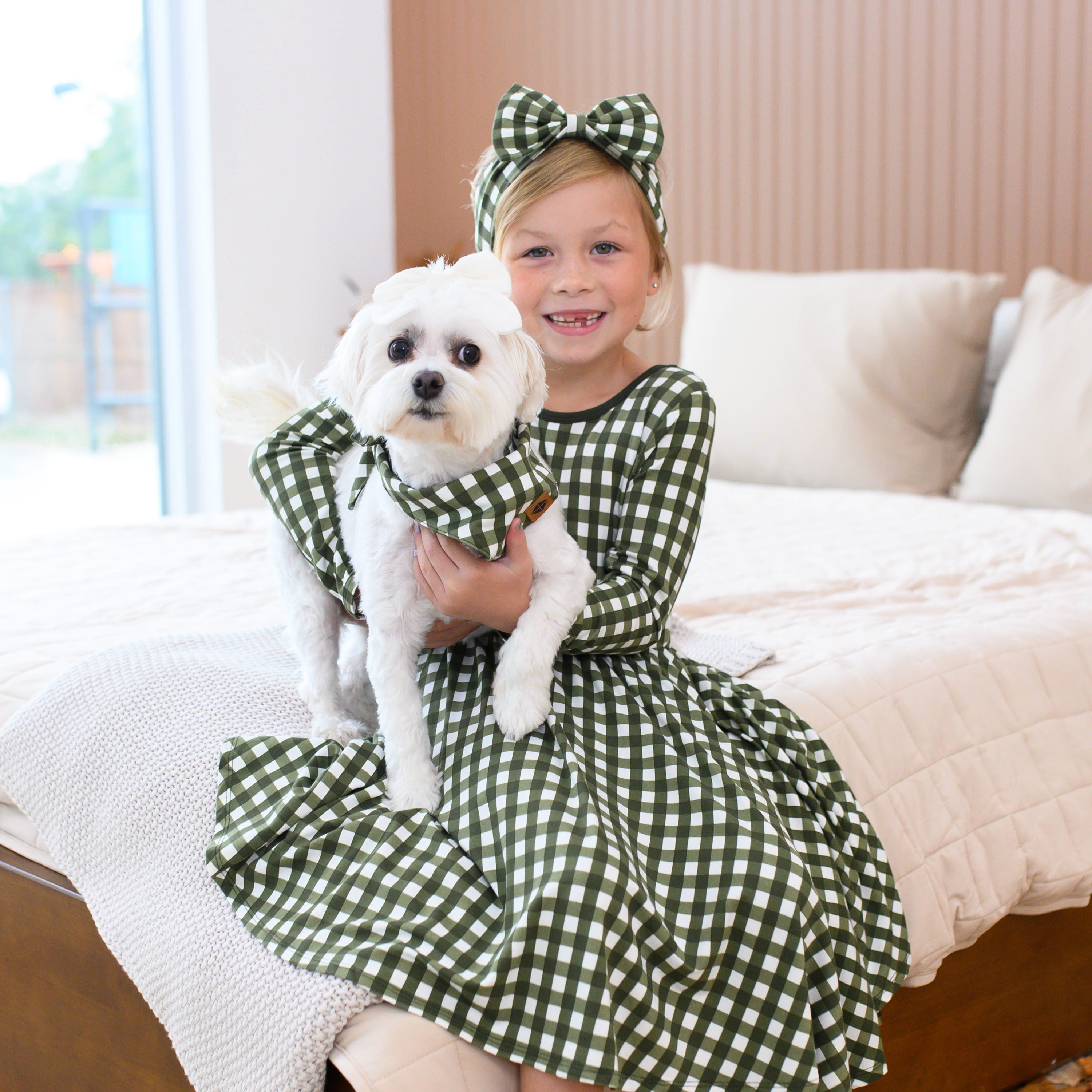There are many factors that can interfere with a good night’s rest, including being too hot or too cold. If you’ve ever found yourself tossing and turning, unable to fall into a deep sleep, on a hot summer night, that’s because high temperatures interrupt your sleep cycles and cause poor-quality rest. And, although it’s much easier to fall asleep in a cold room than in a hot one, being too cold can also cause sleep disruptions throughout the night. Because babies are even more sensitive to temperature changes than adults, it’s crucial to create a comfortable sleeping environment to keep them safe and well-rested. One of the ways you can make sure your little one is dressed just warmly enough for sleep is to use sleepwear in the appropriate TOG rating.
What is TOG?
TOG, which stands for thermal overall grade, is a unit of measurement that indicates the warmth of your baby’s sleepwear. To put it simply, the higher the TOG rating, the warmer the garment. Kyte Baby sleep bags come in three TOG ratings: 0.5, 1.0, and 2.5. These TOG ratings are determined by the garment’s effectiveness at trapping heat and are used to help you decide how to dress your baby for sleep based on the ambient temperature.
Why TOG Matters
Babies aren’t able to adjust to temperature changes as well as adults can, especially while sleeping, and an environment that is too hot or too cold can be uncomfortable and dangerous. Cold stress causes your baby to use energy and oxygen to generate warmth, and even just a one-degree drop in their skin temperature can increase their oxygen use by 10 percent. Alternatively, thermal stress, or overheating, in babies can raise the risk of sudden infant death syndrome (SIDS).
The ideal room temperature for your baby’s sleep environment is between 64-71 degrees Fahrenheit. Even if you are able to set your thermostat to a temperature in this range all year, it can still be confusing for parents to determine what their baby should wear to sleep. With temperature guidelines for each TOG rating, your TOG-rated sleep bag takes all the guesswork out of keeping your baby safe and comfortable throughout the night.
Choosing a TOG by Season
Summer: On warm summer nights, your baby should wear either a 0.5 TOG sleep bag (for temperatures between 74℉ and 78℉) or a 1.0 TOG sleep bag (for temperatures between 69℉ and 73℉). If your baby’s nursery is not temperature-controlled, you prefer to use the ultra-light and breathable layer that our 0.5 TOG sleep bag provides.
Spring/Fall: During these seasons, the temperature at night should be pleasantly cool and ideal for sleep. Our 1.0 TOG sleep bags (for temperatures between 69℉ and 73℉) provide a perfect amount of light warmth that can be adjusted by layering the right pajamas underneath. 1.0 TOG is considered the “year-round” TOG.
Winter: When the temperatures dip to less than ideal, your baby will be comfortably cozy in our 2.5 TOG sleep bags (for temperatures between 61℉ and 68℉). 2.5 TOG is our thickest and most plush, providing a high level of warmth that’s perfect for the winter.
Dressing Your Baby for Sleep
Even with the right TOG sleep bag, your baby can overheat if they’re dressed too warmly underneath. Using the temperature guidelines for each TOG rating, layer your baby’s pajamas appropriately. If the ambient temperature is on the cooler end of the recommended temperature range for the TOG you are using, you may want to dress your baby a little more warmly than if the temperature was a few degrees higher. Or, if your baby is using a 0.5 TOG sleep bag and the nursery temperature is above 75℉, you may consider just a lightweight bodysuit underneath. Use your best judgment to make sure your baby is never overdressed for sleep.

Tips for Keeping Your Baby Comfortable
Choose the right fabric: Dressing your baby in breathable fabric is paramount to preventing overheating. Instead of using thick, synthetic fabric, like fleece, when it’s cold, use breathable layers that give you more control over your baby’s body temperature. Bamboo rayon is soft, breathable, and comfortably warm in the winter but cool in the summer. It’s naturally thermoregulating and a better fabric choice for safe sleep.
Check their temperature: Feel your baby’s neck, back, or stomach to make sure it isn’t sweaty or too cold to the touch. You can tell if your baby is too hot or too cold by checking these areas, rather than their hands or feet. Because young babies have underdeveloped circulatory systems, it’s normal for them to have cold hands, and their extremities are not an accurate indication of their overall body temperature.
Ventilate the room: A study published in the Archives of Pediatric & Adolescent Medicine discovered that running a fan in a sleeping infant’s room lowered the risk for SIDS by 72 percent. Proper ventilation helps maintain a comfortable room temperature and circulates airflow. Just take care to position the fan so that airflow is not directly aimed at your baby.












